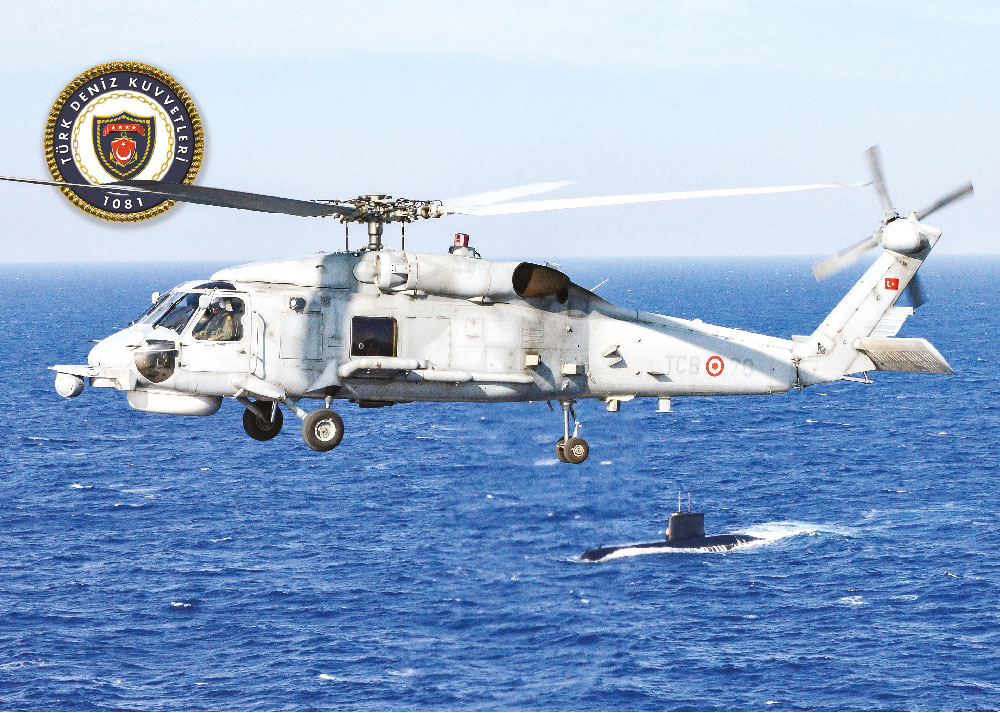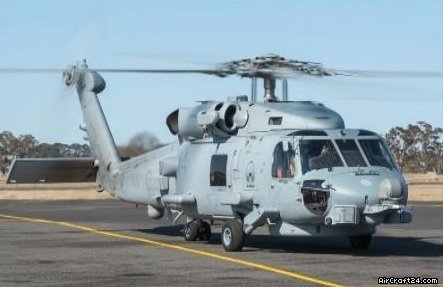The Sikorsky S 70 Helicopter: A Deep Study Its Layout and Efficiency
The Sikorsky S 70 Helicopter: A Deep Study Its Layout and Efficiency
Blog Article
Rotary-Wing Airplane Offering Superior Toughness and Precision Design
In the realm of aeronautics, rotary-wing aircraft have actually long been recognized for their special capabilities in different functional environments. From army missions to private applications, the advancement of rotary-wing innovation has actually led the way for devices that offer unmatched sturdiness and accuracy design. With advancements in materials and building and construction techniques, combined with innovative flight control systems, these airplanes have actually become vital devices for tasks that demand both toughness and precision. As we explore the elaborate equilibrium in between development and dependability in rotary-wing airplane, it comes to be evident that the convergence of advanced innovation and tested style principles has established a new requirement for performance and effectiveness in the aerospace market.
Development of Rotary-Wing Innovation
Throughout the history of aeronautics, the advancement of rotary-wing modern technology has been a testimony to consistent advancement and innovation in aeronautical design. From the very early days of upright flight with rudimentary styles to the sophisticated helicopters and other rotary-wing aircraft these days, the development in this area has actually been exceptional.
In the early 1900s, leaders like Igor Sikorsky and Juan de la Cierva made considerable strides in rotary-wing technology. Sikorsky's VS-300 helicopter, initial flown in 1939, marked a turning point in the development of sensible rotary-wing aircraft. This success led the method for further innovations in vertical trip abilities.

Today, rotary-wing airplane play crucial functions in different fields, including military operations, emergency situation clinical services, police, and business transport. The evolution of rotary-wing innovation proceeds to push the boundaries of what is possible in vertical flight, making certain that these aircraft remain important possessions in the aviation industry.
Materials and Building Innovations
Demonstrating a combination of sophisticated products and precise building strategies, rotary-wing airplane have actually gone through substantial advancements in toughness and efficiency. One of the essential advancements in products utilized for rotary-wing airplane is the boosting use of composite products. These materials, such as carbon fiber strengthened polymers, use a high strength-to-weight proportion, boosting both the architectural stability and overall performance of the aircraft. In addition, innovations in producing processes have actually enabled even more precise and detailed building and construction of rotary-wing elements, contributing to boosted the rules of aerodynamics and effectiveness.
Moreover, the combination of innovative coverings and surface therapies has played an essential duty in improving the durability of rotary-wing airplane. These coatings supply protection versus deterioration, abrasion, and extreme climate conditions, prolonging the life-span of the aircraft and minimizing maintenance demands.
In regards to construction advancements, additive production, also referred to as 3D printing, has actually transformed the production of facility components for rotary-wing aircraft. This innovation permits for rapid prototyping and personalization, bring about much faster advancement cycles and minimized prices. Overall, the constant development of products and building and construction techniques is driving the capabilities and performance of rotary-wing aircraft to brand-new elevations.
Accuracy Trip Control Equipment

The integration of GPS modern technology additionally enhances the precision and dependability of these systems, enabling precise navigating, my blog waypoint tracking, and automated trip control. sikorsky s 70. This level of precision not just enhances the safety and security of rotary-wing procedures but additionally enhances total functional efficiency and goal effectiveness
In addition, the constant advancements in fabricated intelligence and machine discovering have promoted the development of independent flight capacities within Precision Trip Control Systems. This allows rotary-wing aircraft to do complex goals with unequaled accuracy and consistency, making them indispensable possessions in a wide variety of applications, consisting of military procedures, search and rescue missions, and aerial digital photography.
Toughness in Challenging Settings
Popular functional setups, rotary-wing aircraft show remarkable strength and robustness, making sure optimum performance under difficult ecological conditions. These airplanes are made to endure a variety of environmental elements, consisting of extreme temperatures, high winds, and rough surface, making them fit for various missions in varied landscapes.
One key element contributing to the toughness of rotary-wing airplane is their sturdy construction. These aircraft are developed making use of high-grade products and advanced engineering methods to boost their architectural honesty and reliability. Additionally, components such as rotor blades, engine systems, and landing gear are thoroughly created to hold up against the stresses and strains experienced during operations in difficult atmospheres.
In addition, rotary-wing airplane are outfitted with sophisticated onboard systems that keep track of efficiency metrics in real-time, enabling aggressive upkeep and early detection of potential concerns - sikorsky s 70. This aggressive technique assists avoid unexpected failings and makes certain the ongoing airworthiness of the aircraft sought after functional setups. Generally, the sturdiness of rotary-wing aircraft in challenging settings is a testimony to their remarkable engineering and layout, making them crucial properties for numerous mission-critical operations
Maintenance and Integrity Specifications
The adherence to strict upkeep and dependability standards is extremely important in making certain the ideal efficiency and security of rotary-wing aircraft. Routine maintenance checks, performed by licensed technicians, are essential to recognize and deal with any kind of potential concerns before they jeopardize the aircraft's performance. These checks encompass a detailed evaluation of all essential elements, consisting of the engine, rotor system, avionics, and hydraulic systems, to assure that they are in prime functioning problem.
Additionally, adherence to arranged upkeep periods according to supplier guidelines is vital for upholding my company the aircraft's integrity. This proactive technique aids avoid unforeseen failures and guarantees that the aircraft continues to be airworthy for its desired missions. Furthermore, the execution of durable reliability requirements, such as regular component testing and replacement based upon fixed lifecycles, further improves the airplane's dependability.
Conclusion

To conclude, the improvements in rotary-wing airplane technology have resulted in exceptional longevity and accuracy design. With cutting-edge materials and construction methods, together with accuracy trip control systems, these airplane can run in challenging environments with enhanced dependability. The maintenance and reliability standards ensure that these rotary-wing aircraft remain to carry out at their finest, making them vital properties for numerous sectors.
Demonstrating a blend of cutting-edge materials and specific building and construction strategies, rotary-wing airplane have gone through considerable developments in sturdiness and performance. One of the essential innovations in products made use of for rotary-wing airplane is the enhancing utilization of composite products.With careful interest to detail and advanced technical assimilation, rotary-wing aircraft have actually accepted Precision Flight Control Systems as a keystone of their functional excellence. On the whole, the toughness of rotary-wing airplane in tough atmospheres is a testament to their premium engineering and design, making them indispensable properties for different mission-critical operations.
In verdict, the improvements in rotary-wing aircraft innovation have led to remarkable resilience and accuracy engineering.
Report this page